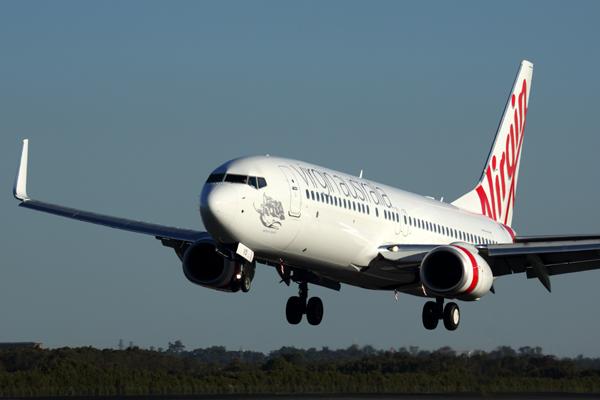
Broome International (BME) in Western Australia has finalized a 10-year air services agreement with Virgin Australia as the airline continues to increase its market share at the airport.
The new agreement replaces a previous five-year deal between the two parties, covering landing access, terminal fees, security screening and future capital needs.
More than 400,000 passengers a year transit through Broome International, with Perth (PER)-Broome ranked as the second busiest air route in Australia in August 2021 as travel restrictions limited other services.
“The agreement we have reached with Virgin Australia provides the certainty Broome International Airport requires to continue to invest in efficient passenger services and improved passenger amenities which will add to the passenger experience and further enhance our role as the region’s most important tourism entry point,” Broome International CEO Paul McSweeney said.
According to data provided by OAG Schedules Analyser, Virgin Australia currently serves two destinations from BME, offering daily flights to Perth and a 1X-weekly service to West Angelas (WLP). The carrier said it would work with the airport to further increase connectivity in the future.
“Broome International Airport is the gateway to one of Australia’s most popular tourism destinations, and despite the challenges presented by COVID-19, its importance as a destination continues to increase,” Virgin Australia chief strategy and transformation officer Alistair Hartley said.
McSweeney added that Broome International’s passenger numbers of 47,000 in October 2021 marked the airport’s best month for eight years. The momentum continued into November, with the number of passengers totaling 33,000—up by 17% on November 2020.
Broome International serves as a gateway to the sparsely populated Kimberley region in Australia’s north-western corner. The area is known for its spectacular landscape that includes gorges, waterfalls and cave systems, as well as pockets of rainforest.
OAG data shows Broome-Perth finished as the 24th biggest domestic route in Australia by two-way capacity in 2021, with almost 550,000 available seats between the destinations.





